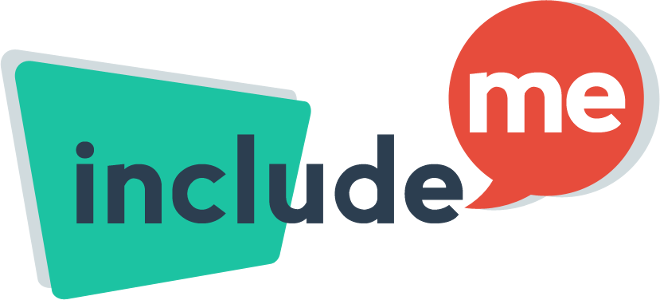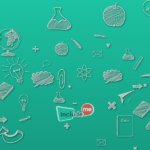What are my skills?
LENGTH OF SESSION LEARNING OBJECTIVES Define own skills Explore the skills participants have what could they offer to the potential the employers Discuss about various skills that employers ask for Materials Needed Visual means for recording ideas (paper, chart paper or white/chalk board and markers/chalk) Naslov For Information to Share (paper and pencils, markers and flip-chart) Naslov Facilitator’s input and discussion duration of activity Employers are often looking for skills that go beyond educational degrees, certifications and licenses. While your education may make you eligible to apply for a job, you will need to exhibit a mix of skills to be successful at the job. What are Employability Skills? Employability skills, also known as key competencies or soft skills, are those basic skills necessary for getting, keeping, and doing well on a job. These are the skills, attitudes and actions that enable workers to get along with their fellow workers and supervisors and to make sound, critical decisions. Employability skills are generally divided into three skill sets: (a) basic skills, (b) critical thinking skills and (c) personal qualities. The three skill sets are typically broken down into more detailed skill sets. Familiarize yourself with these skills (Facilitator’s note: present the visual to the participants) and ask yourself where you may need improvement: Basic Reading Writing Math Oral Communication Listening Naslov Critical Thinking Learning Thinking Creatively Reasoning Decision Making Problem...
Read More







Recent tips